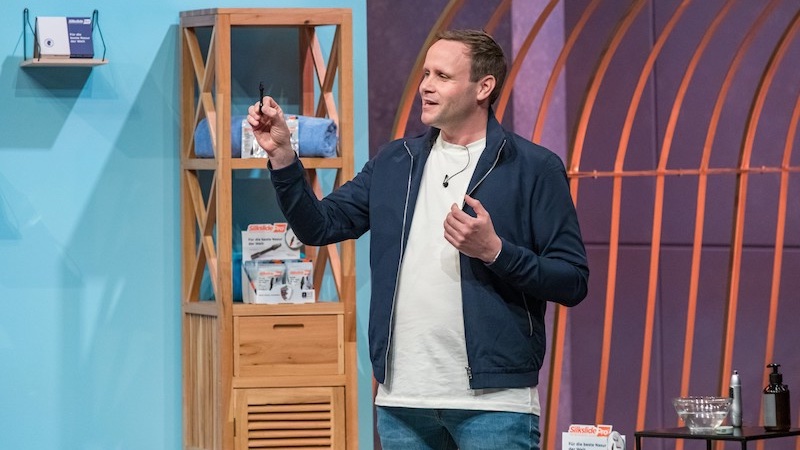Which development phases does a start-up actually go through?
A start-up goes through several development phases along with a product or service. In this article I would like to present the relevant phases and their decisive development stages for the product or service and explain how the connections are presented.
Contents
About the development phases of a start-up
Basically, it is important to understand that every start-up basically goes through three phases: the “Problem-Solution-Fit” phase, the “Product-Market-Fit” phase and the “Product-Scale-Fit” phase . Each of these phases places different demands on the stage of the start-up’s offer, i.e. its product or service.
Founders should be aware of these phases and the associated expectations of the stage of their offer, because investors in particular, but also business partners such as medium-sized companies who want to work with a start-up, take these expectations into account in their discussions with founders take for granted.
Problem-Solution-Fit
This phase is about the start-up recognizing a problem, i.e. finding it, for which it can offer a solution, i.e. it has worked out a solution. It is usually not the case that the solution is completely new. Often already known or even existing elements are recombined, so that in this way an innovative solution for the problem arises.
When a start-up is in this phase, the focus should be on first developing a preliminary concept of the future product or service. This can be a sketch, a preliminary model or a mockup. This preliminary model serves to enable the start-up to show what it and its offer are all about.
With this concept, however visualized, the first responses and feedback can now be obtained because potential users can now actually deal with this concept, unlike with an abstract idea.
Development phases of a start-up: The prototype
The second step, but still in the first phase, is then about developing a prototype based on the first feedback received.
This prototype is used to further develop, adapt and improve the offer or, if certain theoretical assumptions are now not true, to steer further development in a different direction.
It is important that the offer, i.e. the solution (the “solution”), is tailored to the problem. Mistakes are often made here that lead to pointless effort, because what is accepted as a solution is often a “nice to have” but does not serve to solve the problem.
Product-Market-Fit
The second phase is about developing an actual, marketable and marketable product. In this phase, the market must be analyzed. It is important to clarify who exactly is the target group that should and can be served with the offer.
In addition, the start-up must clarify how it intends to make money with the offer. This is the phase in which the founders have to develop a viable business model. Since this phase is now about offering a suitable offer for a specific market, it is now time to develop a so-called “minimum viable product” (MVP).
This is basically a full-fledged offer that contains everything that is necessary and marketable as an offer to solve a specific product. The start-up now has an offer that not only has the necessary features, but where the price, the target group, the packaging, etc. are fixed.
The business model
With this offer, the start-up must be able to go into the identified target market and offer the product or service there to the identified customer group. The challenge in this phase lies in the business model. It is already difficult enough to even find a sufficiently large and therefore suitable problem.
But to create a business model from the solution found with regard to the problem, which turns the business idea into a company that earns money, has a completely different quality.
Product scale fit
The last phase is that of growth. When the MVP arrives on the market and thus with the customers, the start-up has to think about how it will grow, i.e. scale.
Now it’s a matter of designing the further developments from the MVP as a core offer. In addition, for example, further products with further additional functions can be offered, special offers for special customer groups or special editions.
In this phase it is important that the start-up keeps pace with the growth in its organization. Team development, process development and financing issues now play a role and the focus of the founders should slowly move away from the development of a marketable offer and scaling towards corporate development.
The development stages of a start-up
Every start-up basically develops through finding a problem and a suitable solution through the development of a product that suits the market to a growing company.
It is important for founders to understand what phase they are in and what is important in this phase. This applies both to the development of offers and to the development of the company.
Because each phase requires certain know-how, knowledge or capital. Anyone who knows where he or she stands, understands what is required and can take countermeasures if something that is required is not available.
Also interesting:


